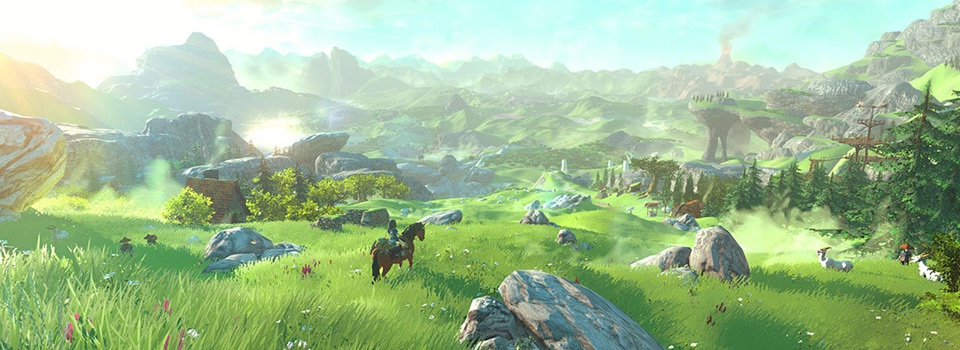The Evolving Landscape Of Free-to-Play Games: A Look At 2025 And Beyond
The Evolving Landscape of Free-to-Play Games: A Look at 2025 and Beyond
Related Articles: The Evolving Landscape of Free-to-Play Games: A Look at 2025 and Beyond
Introduction
With enthusiasm, let’s navigate through the intriguing topic related to The Evolving Landscape of Free-to-Play Games: A Look at 2025 and Beyond. Let’s weave interesting information and offer fresh perspectives to the readers.
Table of Content
The Evolving Landscape of Free-to-Play Games: A Look at 2025 and Beyond

The gaming landscape is in constant flux, driven by technological advancements, evolving player preferences, and the ever-present pursuit of accessibility. Among these trends, the rise of free-to-play (F2P) games has been particularly remarkable, offering a gateway to immersive experiences without upfront costs. As we look toward 2025 and beyond, the F2P model is poised to continue its dominance, with developers innovating to create engaging and diverse experiences for players of all ages and backgrounds.
A Shift in the Gaming Paradigm:
Free-to-play games have fundamentally altered the gaming industry. The traditional model of purchasing a game outright has been challenged by the F2P model, where players can access and enjoy the core gameplay for free, with optional in-game purchases for cosmetic items, enhanced gameplay features, or expedited progression. This shift has democratized gaming, making it accessible to a wider audience who might otherwise be unable or unwilling to invest in expensive titles.
Beyond the Free-to-Play Model: A Spectrum of Options:
While the core concept of F2P remains the same, developers are exploring a spectrum of monetization strategies within this model:
- Microtransactions: These are small, optional purchases for in-game items, such as cosmetic skins, character customizations, or virtual currency. They are often designed to enhance the aesthetic or social aspects of the game.
- Battle Passes: These provide players with a structured progression system, unlocking rewards and bonuses as they complete challenges or reach specific milestones. They offer a balance between free and paid content, encouraging engagement and rewarding players for their dedication.
- Subscription Services: These offer recurring access to premium content, such as exclusive characters, maps, or gameplay modes. They provide a consistent revenue stream for developers and offer players a more comprehensive gaming experience.
- Free-to-Play with Paid Expansions: This approach offers a core free-to-play experience with the option to purchase paid expansions that introduce new content, storylines, or gameplay mechanics. It provides a balance between accessibility and monetization, allowing players to choose their desired level of investment.
The Power of Community and Social Interaction:
Online games are inherently social experiences, and free-to-play games are no exception. They foster a sense of community by allowing players to connect, collaborate, and compete with each other. This social aspect is further enhanced by features such as:
- Guilds and Clans: These in-game groups allow players to team up, strategize, and participate in collaborative events. They provide a sense of belonging and camaraderie, encouraging teamwork and shared experiences.
- Voice and Text Chat: These communication tools allow players to coordinate strategies, share information, and engage in friendly banter, fostering a sense of connection and camaraderie.
- Esports and Competitive Play: Free-to-play games often offer competitive arenas where players can test their skills against others, fostering a sense of accomplishment and community spirit.
The Importance of Accessibility and Inclusivity:
Free-to-play games are inherently accessible, removing financial barriers and allowing players from diverse backgrounds and socioeconomic statuses to participate. This accessibility fosters inclusivity and promotes a more diverse gaming community. Furthermore, developers are increasingly focusing on accessibility features to cater to players with disabilities, ensuring that everyone can enjoy the gaming experience.
The Future of Free-to-Play Gaming:
As technology continues to evolve, free-to-play games are poised to become even more sophisticated and immersive. We can expect to see advancements in:
- Graphics and Visual Fidelity: With the advent of next-generation consoles and advancements in cloud gaming, free-to-play games will feature stunning graphics and visuals that rival those of paid titles.
- Artificial Intelligence (AI): AI is transforming the gaming industry, creating more dynamic and engaging gameplay experiences. Free-to-play games will leverage AI to personalize content, create adaptive opponents, and enhance the overall gameplay experience.
- Cross-Platform Play: The lines between different gaming platforms are blurring, and free-to-play games will increasingly offer cross-platform play, allowing players on different devices to connect and compete with each other.
- Emerging Technologies: Virtual Reality (VR) and Augmented Reality (AR) are opening up new possibilities for gaming, and free-to-play games will embrace these technologies to create immersive and interactive experiences.
FAQs on Free-to-Play Games:
Q: Are free-to-play games truly free?
A: While the core gameplay is free, most free-to-play games offer optional in-game purchases for cosmetic items, enhanced gameplay features, or expedited progression. These purchases are not necessary to enjoy the game, but they can enhance the experience for players who choose to spend money.
Q: How do free-to-play games make money?
A: Free-to-play games generate revenue through microtransactions, battle passes, subscription services, and advertising. These monetization models allow developers to create and maintain high-quality games while offering them for free to a wider audience.
Q: Are free-to-play games less quality than paid games?
A: The quality of a game is not determined by its price. Many free-to-play games offer high-quality graphics, immersive gameplay, and engaging storylines. Developers invest significant resources in creating engaging experiences that can compete with paid titles.
Q: How can I avoid spending money on free-to-play games?
A: You can enjoy free-to-play games without spending money by focusing on the core gameplay, completing challenges, and engaging with the community. Many games offer rewards and incentives for dedicated players, allowing them to progress without spending money.
Tips for Enjoying Free-to-Play Games:
- Research the Game: Before diving in, read reviews, watch gameplay videos, and understand the game’s monetization model to ensure it aligns with your preferences.
- Set a Budget: If you plan to spend money on in-game purchases, set a budget and stick to it. Avoid impulsive spending and prioritize your enjoyment of the core gameplay.
- Focus on Community: Engage with other players, join guilds or clans, and participate in events. The social aspect of free-to-play games can enhance your enjoyment and provide a sense of belonging.
- Take Breaks: Avoid excessive playtime and remember to take breaks to prevent burnout. Free-to-play games are designed to be engaging, but it’s essential to maintain a healthy balance.
Conclusion:
Free-to-play games are here to stay, offering a gateway to immersive and engaging experiences for players of all ages and backgrounds. As technology continues to evolve, we can expect to see even more innovative and sophisticated free-to-play games, further blurring the lines between free and paid titles. By embracing the principles of accessibility, community, and responsible monetization, free-to-play games will continue to shape the future of the gaming industry, providing a platform for shared experiences and endless entertainment.








Closure
Thus, we hope this article has provided valuable insights into The Evolving Landscape of Free-to-Play Games: A Look at 2025 and Beyond. We thank you for taking the time to read this article. See you in our next article!